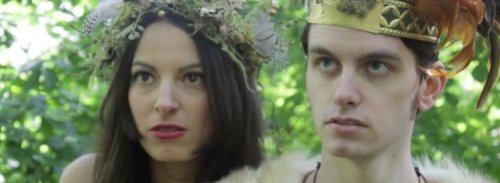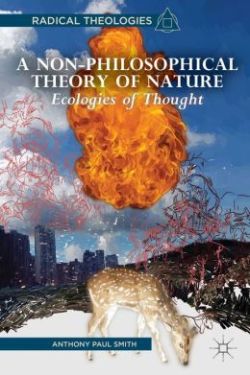
Conversations about climate change generally focus on human activity, suffering, and solutions. They often include or imply a critique of anthropocentrism, and yet our attention to the seemingly infinite variety of life forms on the planet remains extraordinarily limited and superficial. Earth is not only our home, and humans are not the only climate refugees.
In his recently published book Humankind, Tim Morton argues that we are severed from other forms of life through agriculture and industrialization. He calls it “The Severing,” a Game of Thrones style trope. One aspect of this split is a very passive relationship to animal and plant life. Unless we are directly involved with animals, in agriculture or wildlife management, for example, we simply don’t appreciate the activity, suffering, and creativity of non-human beings. We also tend to view animals as passive. Though animals must be actively adapting to climate change, we don’t generally observe or appreciate their adaptive behavior.
We have also lost our emotional connection to animals, in various ways. Contemporary animal ethics are typically founded on rational, legalistic arguments. Animals should be afforded consideration or rights because they are like us—intelligent, emotional, and self-conscious. But these arguments miss the most basic and common foundation of human ethical behavior. Love.
If reproduction is the key to species survival, and animals form emotional attachments as humans do, then various forms of love are likely a common characteristic of animal life. But is love only reserved for members of our own species? What does it mean that human children love non-human animals? When and why do children stop being fascinated by animals? It seems that society cultivates an interest in and love of animals in children, and then (for no apparent reason) expects adolescents and adults to stop loving and caring for them.
Why do pet-owners love their pets as if they were people? Is it because they engage with them—in person? Anyone who has had a pet has experienced getting to know the pet. We form personal relationships with them. They become part of the family. If we spent more time engaged with non-human animals could we cultivate or reclaim the capacity to love all animals?
We remember the principle “love they neighbor” but often forget the origin and end of this principle is to love the stranger, the “alien.” Surely non-human animals, however strange or alien, are also our neighbors.
Colleagues in academia and beyond have cautioned me, on more than one occasion, against appearing to prioritize animal welfare over human welfare. Focusing on animal rights in impoverished areas, for example, can be interpreted as a challenge to human dignity. Recognizing animals a climate refugees is out of line (out of order), in the midst of multiple and ongoing human refugee crises. This advice is pragmatic and rhetorically savvy, but is it ethically defensible?
A Guardian article recently posted on Environmental Critique gives a moving account of a refugee, Mansour Shoushtari, who occupies himself caring for animals while detained in Manus prison. (He has been waiting four years to be resettled.) While being treated as a less than human stranger, he has retained his humanity, or should I say his sense of solidarity with other animals. Here is an illustrative quote from the Guardian interview:
I asked him: “Do you love animals more than humans?” He smiled once again. He responded in a humorous way: “You’re asking some really tough questions today! The question you ask is similar to asking the question: do you love your father more than your mother? It’s an extremely tough question to answer. I love human beings and I also love animals. But I have a special affection for birds.”
Why should human suffering tacitly give us permission to abuse animals or to shut down conversations about animal welfare? Who among us, well-fed and literate, deserves consideration if sympathy can only be afforded the most downtrodden humans? Can suffering justify suffering? Returning to the subject of love, is there ever a reason not to extend love and compassion to another living creature?
“The Severing” also results in a dark underworld of violence against non-human animals. Factory farming, habitat destruction, and mass murders that are never reported in the evening news. Is there any relationship between human violence against animals, and a general culture of violence? Again Shoushtari offers insight: “It’s love. In my opinion one does not need to give reasons for love. Love is a personal matter, love is an existential state. But in my view if a human being does not love animals they are incapable of loving human beings.” Human beings do love selectively, of course, as do cultures. Sadly, we are not only taught but also encouraged to love selectively, and even to hate.
Love thy neighbor. Love the stranger. Love all living creatures. These are certainly not pragmatic solutions or policy guidelines. But neither pragmatism nor policy should prevent us from questioning and exploring ethical, dare I say moral, principles.
So I do say, impudently, non-human animals are climate refugees, as are plants, and future generations of every kind. And we have no right to destroy their home.
Image Source: https://www.theverge.com/2017/9/19/16334652/endangered-species-list-sonoyta-mud-turtle-iiwi-pearl-darter-protection




